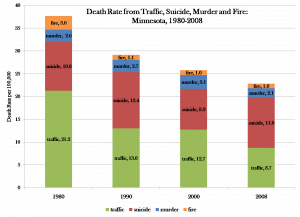 I enjoy talking publicly about my research, though I’m sometimes caught off-guard by an aggressively partisan interviewer. During a “talk radio tour” for Locked Out, I remember how a producer put me at ease and told me to relax and have fun. But as soon as the theme music ended and I let down my guard, the host snarled, “So, Mister Professor, tell my listeners why you think Charles Manson should pick the next President of the United States?”
I enjoy talking publicly about my research, though I’m sometimes caught off-guard by an aggressively partisan interviewer. During a “talk radio tour” for Locked Out, I remember how a producer put me at ease and told me to relax and have fun. But as soon as the theme music ended and I let down my guard, the host snarled, “So, Mister Professor, tell my listeners why you think Charles Manson should pick the next President of the United States?”
I honestly don’t remember my response, though I’m sure it involved both stammering and yammering. This sort of thing happens a lot on talk radio and television. How best to approach such attacks? As Danielle Maestretti reports, Yes! magazine asked Pramila Jayapal, director of the immigration-rights group OneAmerica, how she handles guest appearances on shows like the O’Reilly Factor. Ms. Jayapal’s advice is spot-on and heartening:
I look for something that I can agree with. The host says, “I believe in law and order.” I find a way to take that argument and connect it to my values. When I become reasonable, that deflates both my anger and the conversation. The host is not expecting me to agree with anything they say. They’re expecting an all-out fight.
I cite statistics. I am the one with the facts. The facts are not to convince anybody but to establish my identity as someone who is calm, uses logic, and isn’t just speaking wildly. The host becomes the angry, shouting, loud, mean person.
I focus on values that I believe most people hold deeply. I say, most Americans value respect or hard work, and that’s what this debate should be about. The host is not going to say he or she doesn’t believe in respect or kindness.
Then when I come home, I need to be around people who can shower me in wonderful, nice things. The hosts’ comments are not directed at me personally, but they are personal. A good glass of wine, good friends, good family, good love are important if you are going to be out there on the front lines.
I’d summarize these points as finding common ground, citing solid evidence, referencing shared values, and — if all else fails — limping off to lick your wounds. I never want to sound like an egghead, but I try to remind myself that I’m a researcher and educator rather than a combatant in such settings. That means that I don’t have to play if someone starts making personal attacks, or questions my patriotism, masculinity, or fashion sense. With regard to the evidence, I also carried around a little folder with all the basic facts and figures I might need for an interview.
If you can keep your facts straight and keep your cool, you might even connect with audiences hostile to your research. I’ll never forget how a regular listener called in after I’d been savaged in an especially rough interview: “I listen to you every day, Bob, and we agree on most things, but the professor makes sense — I got out of jail twenty years ago and I sure as hell deserve the right to vote!” I can’t say that this sort of thing happens very often, but it sure feels good when it does.

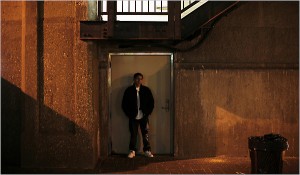



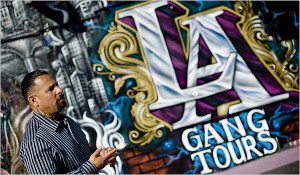
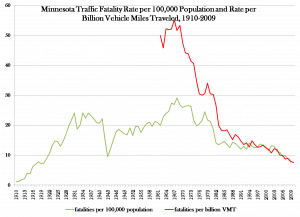
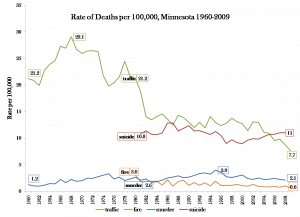 [
[